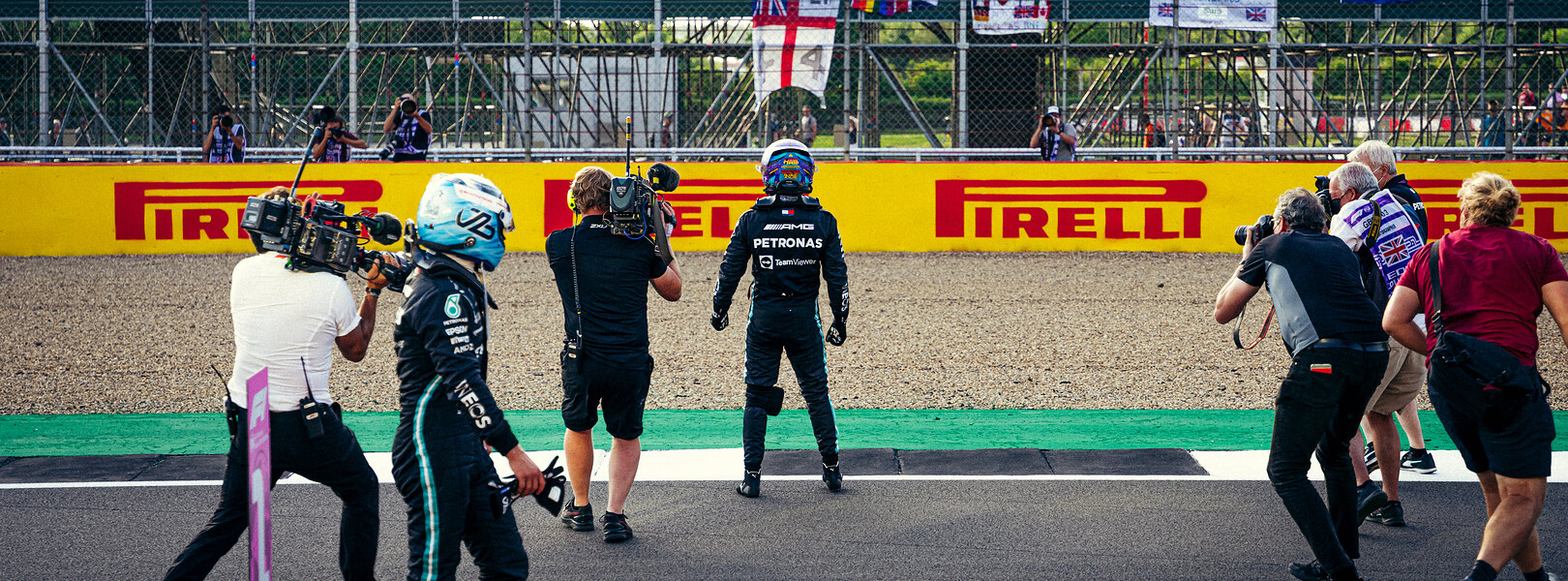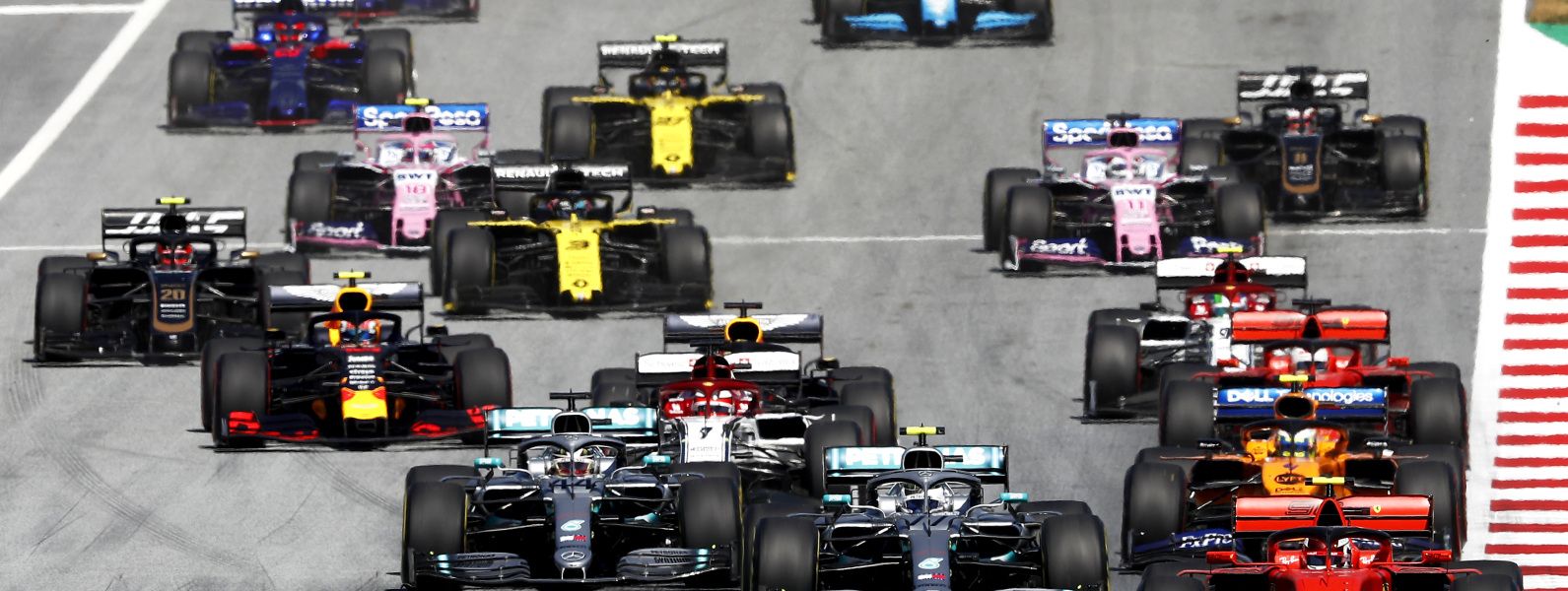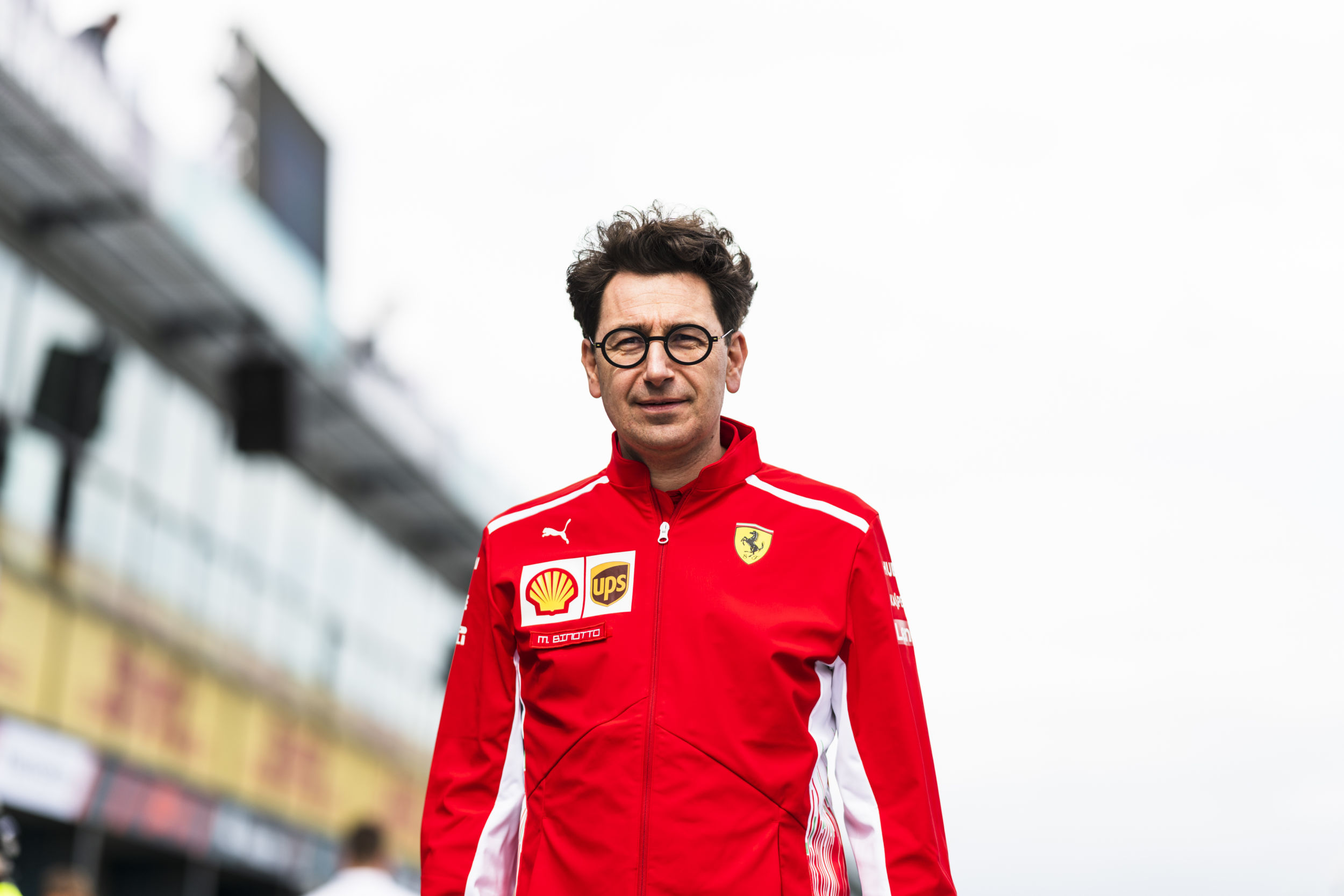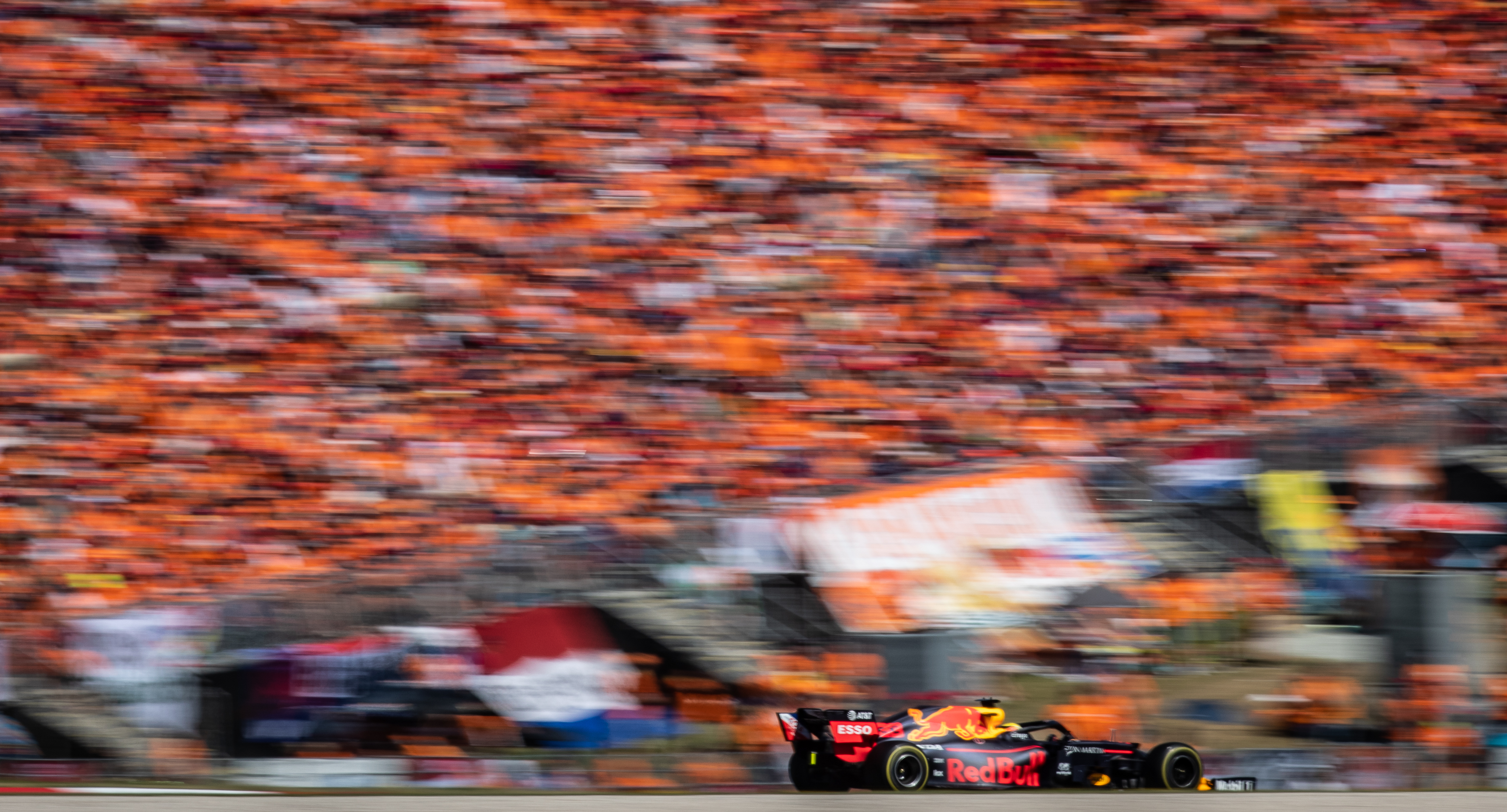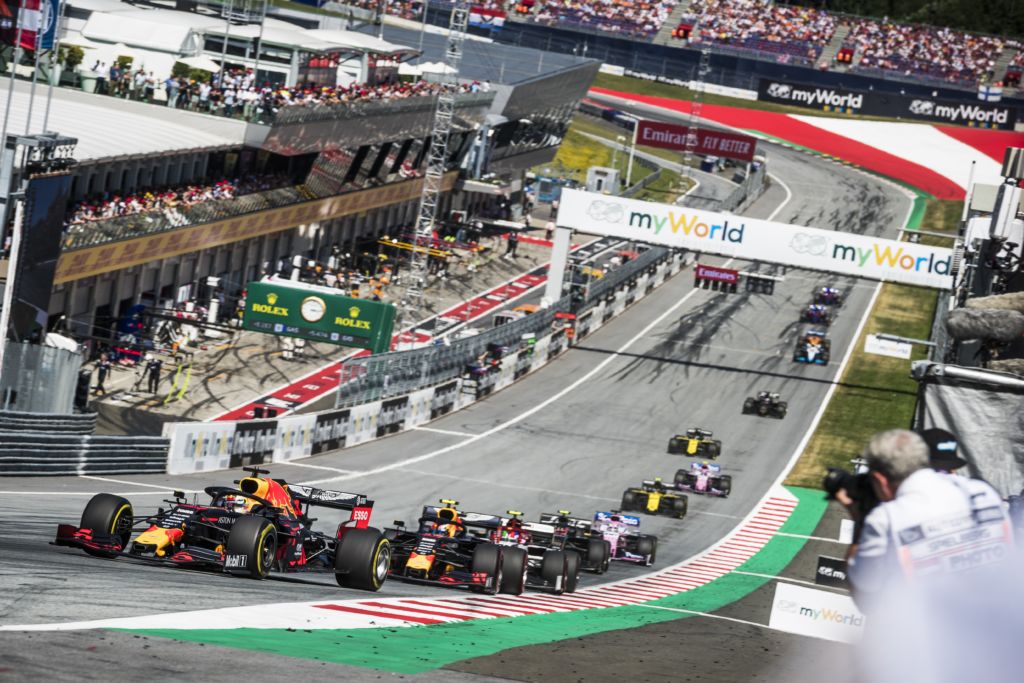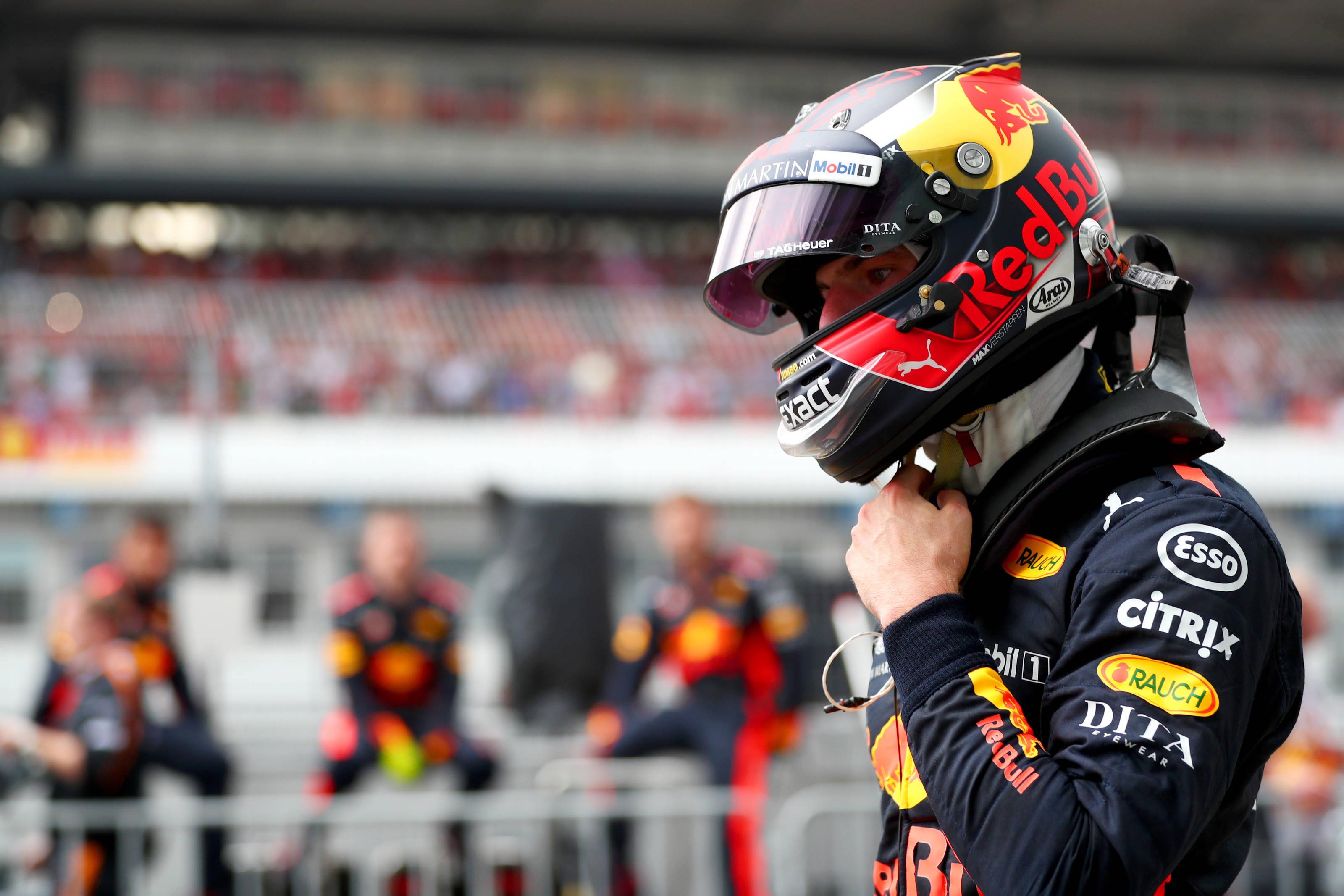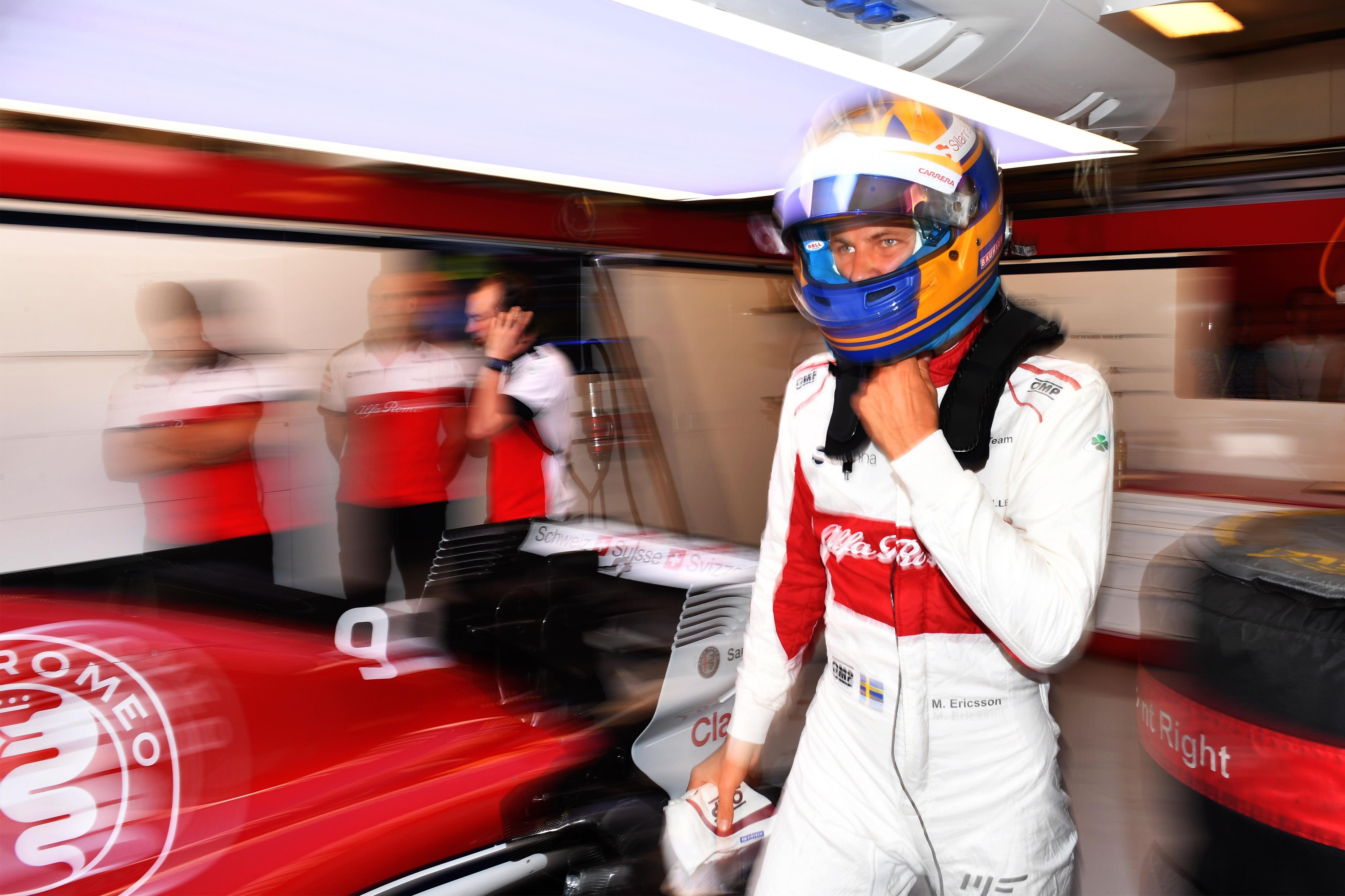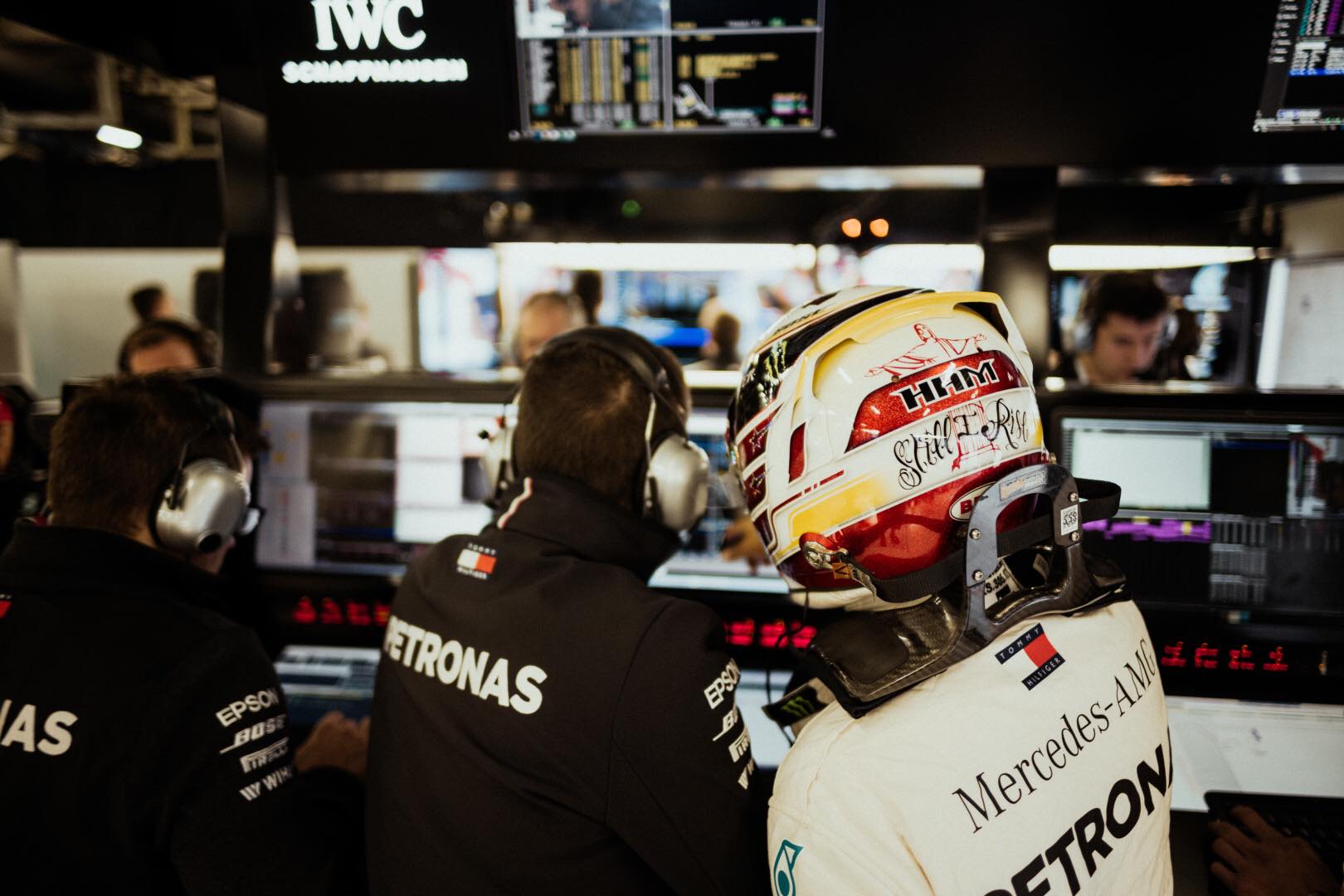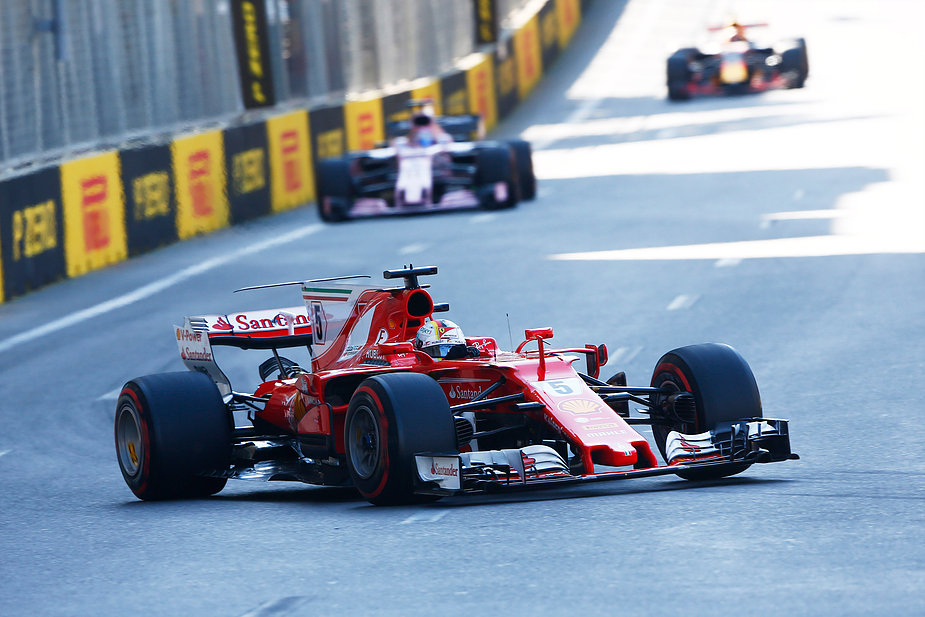Ahead of their plan to be Net Carbon Zero by 2030, Formula One announced that the British Grand Prix was their first completely carbon neutral broadcast.
Working closely with Albert, a company that helps broadcasters to produce sustainable productions, Formula One was awarded the Albert Certification. In order to be given this award, companies must calculate the carbon footprint of their broadcast and then create, and successfully execute, a Carbon Action Plan.
As part of their plan to have a completely carbon neutral production, Formula One made several changes going in to the weekend. Over 7500 litres of diesel was replaced by Hydrogenated Vegetable Oils (HVOs) to fuel their generators. According to biodiesel production company Aggreko, HVOs cut Nitrogen Oxide emissions by up to 25% and reduce particulates by up to 42%). This all equates to less greenhouse gas emissions.
Formula One also focused on transportation in their Carbon Action Plan. Zero-emission vehicles were introduced to some of their circuit operations, and up to 70% of staff cars were swapped for hybrids. When in electric-only mode and charged by the UK mains supply, it is believed that CO2 is reduced by up to 40% compared to a small petrol car.
Away from the track, Formula One’s remote broadcasting facility in Biggin Hill was run on renewable energy supply with low-energy lighting to help improve efficiency. They also ran a “Switch it Off” campaign to encourage reduced energy consumption, and had a wider variety of vegan and vegetarian meals in the canteens. This last step is particularly significant, as animal agriculture is one of the leading contributors to global greenhouse gas emissions; red meats such as beef and lamb being particularly bad offenders.
The final stage of their Carbon Action Plan was to offset all remaining emissions via a CO2 offset scheme that is partnered with Albert. Naturally, companies cannot offset their way to carbon neutrality in the long term, however it allows them to be carbon neutral as they aim to produce as close to zero greenhouse gasses as possible.
Sunday evening at Silverstone. The #BritishGP weekend is over.
But for Seb, the race for the planet never ends. 💚 pic.twitter.com/XLHfDQYqL2
— Aston Martin Cognizant F1 Team (@AstonMartinF1) July 19, 2021
It was a good weekend for environment lovers as Formula One produced their first carbon neutral broadcast, which was capped off by a fan litter pick organised and led by Aston Martin driver Sebastian Vettel. This is hopefully the first of many as Formula One aim to make every event sustainable by 2025.

